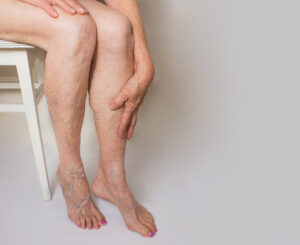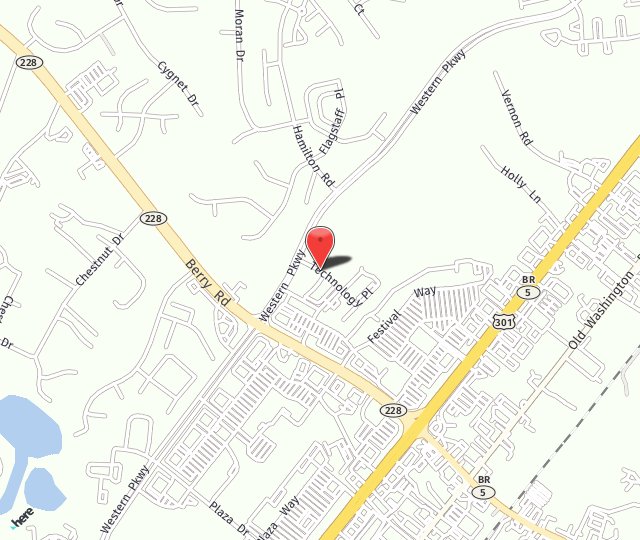
- Pain
- Itching
- The sensation of heaviness in your legs
- Throbbing
- Muscle cramps
- Swelling
Causes of varicose veins: Veins contain small valves that temporarily open to allow blood that is working against gravity to pump back up to the heart. The valves work to block the blood from flowing backwards. People develop varicose veins as a symptom of venous insufficiency, in which the one-way valves are weakened or otherwise not working correctly, allowing some amount of blood to flow backward and pool in the vein. It is this pooling that eventually weakens the walls of the vein and causes it to become enlarged, bulging, and gnarled. While a properly functioning vein extends mostly straight up and down, a varicose vein develops lots of bends and twists as the blood causes swelling and increased pressure.
A family history of varicose veins increases a person’s chances of having them. There are certain factors that increase pressure in these veins, which could also cause you to develop them:
- Being overweight
- Sitting or standing for extended periods
- Advanced age
- Inactivity
- Leg trauma
- Pregnancy
Losing weight if you’re overweight, and increasing your activity level may prevent varicose veins. Ultimately, you may benefit from one of the following treatments:
- Endovenous laser therapy
- Sclerotherapy
- Compression stockings
Being female is also a risk factor for varicose veins.
Varicose veins are different from spider veins, although both are caused by venous insufficiency. Spider veins are smaller and bulge less or not at all. They look like a grouping of wispy branches or spider webs. They may be lighter in color. They are located closer to the surface of the skin. Spider veins don’t usually cause any symptoms.
What You Can Do About Varicose Veins
Whether the bulging veins on your legs are causing you discomfort, causing you to feel self-conscious about your appearance, or both, our experienced providers in Waldorf, MD, are here to help. To arrange a consultation to discuss varicose veins, spider veins, and venous insufficiency, please call the Metropolitan Vascular Institute at 301-374-8540.

